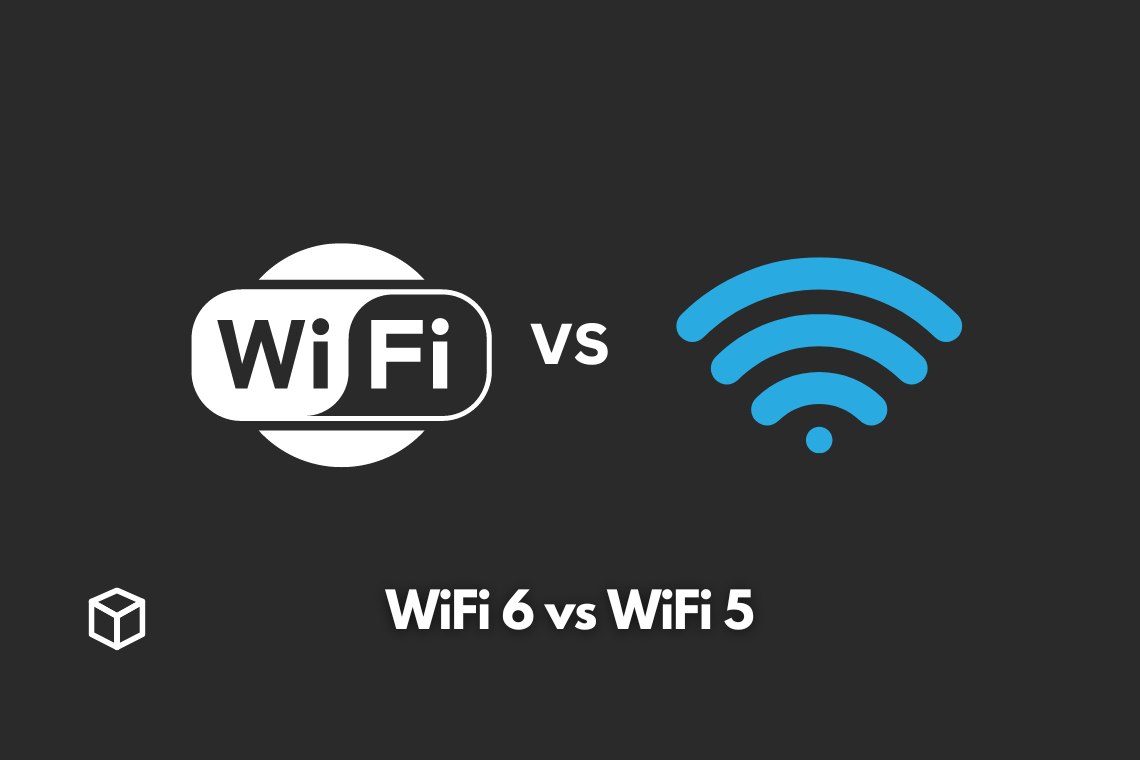WiFi technology has become an essential part of our daily lives.
It allows us to connect to the internet from anywhere, whether it’s at home, at work, or on the go.
With the rise of smartphones, laptops, and other mobile devices, having a reliable and fast internet connection has become more important than ever.
One of the latest developments in WiFi technology is the new standard, WiFi 6 (also known as 802.11ax).
This new standard offers several improvements over the previous standard, WiFi 5 (802.11ac), and is set to become the new standard in wireless networking.
In this blog post, we will take a closer look at the key differences between WiFi 6 and WiFi 5 and how they can benefit users.
Speed and Capacity
One of the most significant improvements that WiFi 6 offers over WiFi 5 is faster speeds and improved capacity.
WiFi 6 allows for faster downloading and streaming of large files, as well as smoother online gaming and video streaming.
This is achieved through the use of an increased number of spatial streams and the use of OFDMA (Orthogonal Frequency-Division Multiple Access).
OFDMA allows for more efficient use of bandwidth by dividing it into smaller sub-channels, which can be allocated to different devices.
This means that more devices can connect to a WiFi 6 network without compromising the speed and performance of the network.
In real-world examples, WiFi 6 can offer up to 4x faster speeds than WiFi 5 and can support up to 8x more devices on the same network.
This means that users can enjoy faster internet speeds and a more stable connection, even in crowded environments.
Improved Performance in Congested Areas
Another advantage of WiFi 6 is its improved performance in congested areas. WiFi 6 makes use of MU-MIMO (Multi-User Multiple Input Multiple Output) and BSS Coloring to reduce congestion and improve performance in high-density environments such as airports and stadiums.
With MU-MIMO, multiple devices can transmit and receive data at the same time, which helps to reduce the time each device has to wait for its turn to transmit.
BSS Coloring helps to prevent network congestion by assigning a unique color to each network, which makes it easier for devices to identify and connect to the correct network.
The result is a better user experience in crowded public spaces, with less lag and buffering and a more stable connection.
Battery Life
Another benefit of WiFi 6 is its Target Wake Time feature, which can help to improve battery life for devices connected to WiFi 6 networks.
This feature allows devices to sleep for longer periods of time between transmissions, which can help to conserve battery power.
This is particularly useful for users of portable devices such as smartphones and laptops, as it means they can stay connected to the internet for longer periods of time without having to charge their devices as frequently.
Compatibility and Availability
Despite the improvements that WiFi 6 offers over WiFi 5, it is still backwards compatible with older WiFi standards.
It means that users with older devices can still benefit from the improved performance and capacity of WiFi 6 networks.
WiFi 6 devices and routers are becoming more common and affordable, so users can easily upgrade to take advantage of the improved performance and capacity of WiFi 6 networks.
Many smartphones, laptops, and other mobile devices are now available with WiFi 6 support, and more and more routers are being released that support WiFi 6.
Conclusion
In conclusion, WiFi 6 offers several improvements over WiFi 5, including faster speeds and improved capacity, better performance in congested areas, improved battery life, and backwards compatibility.




